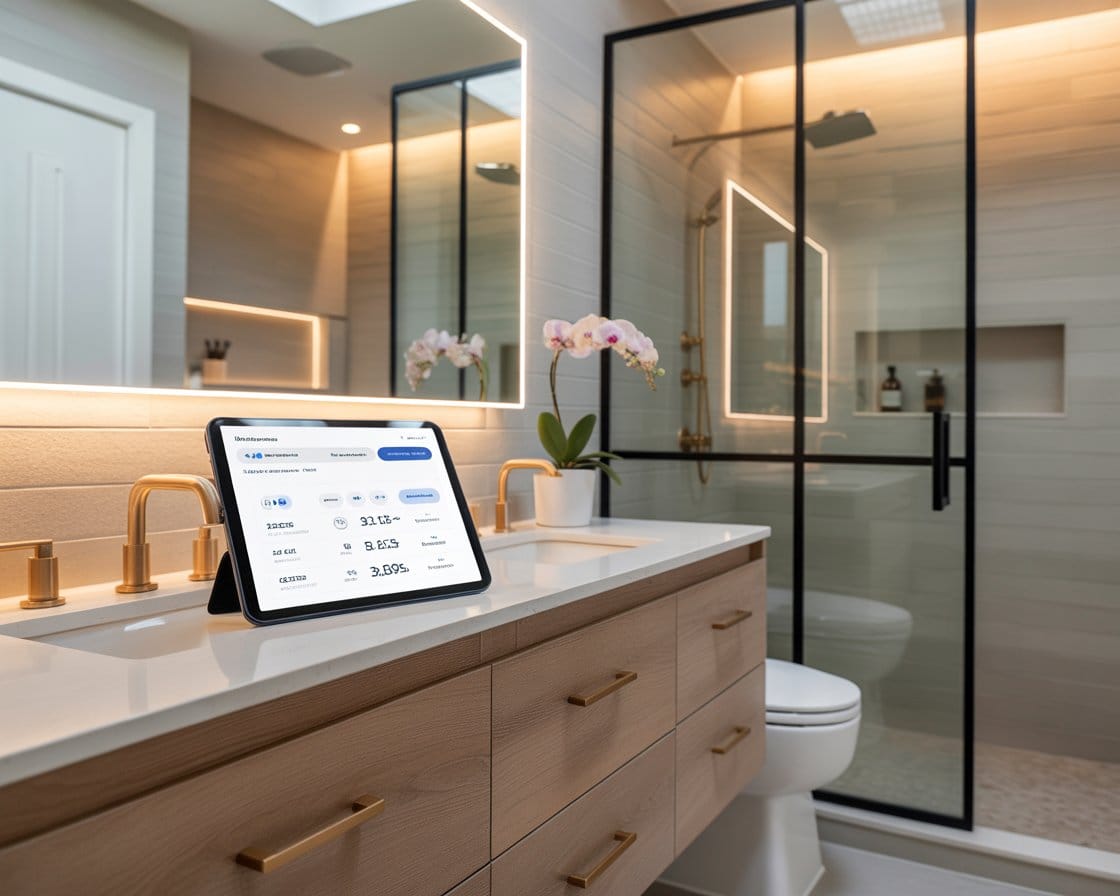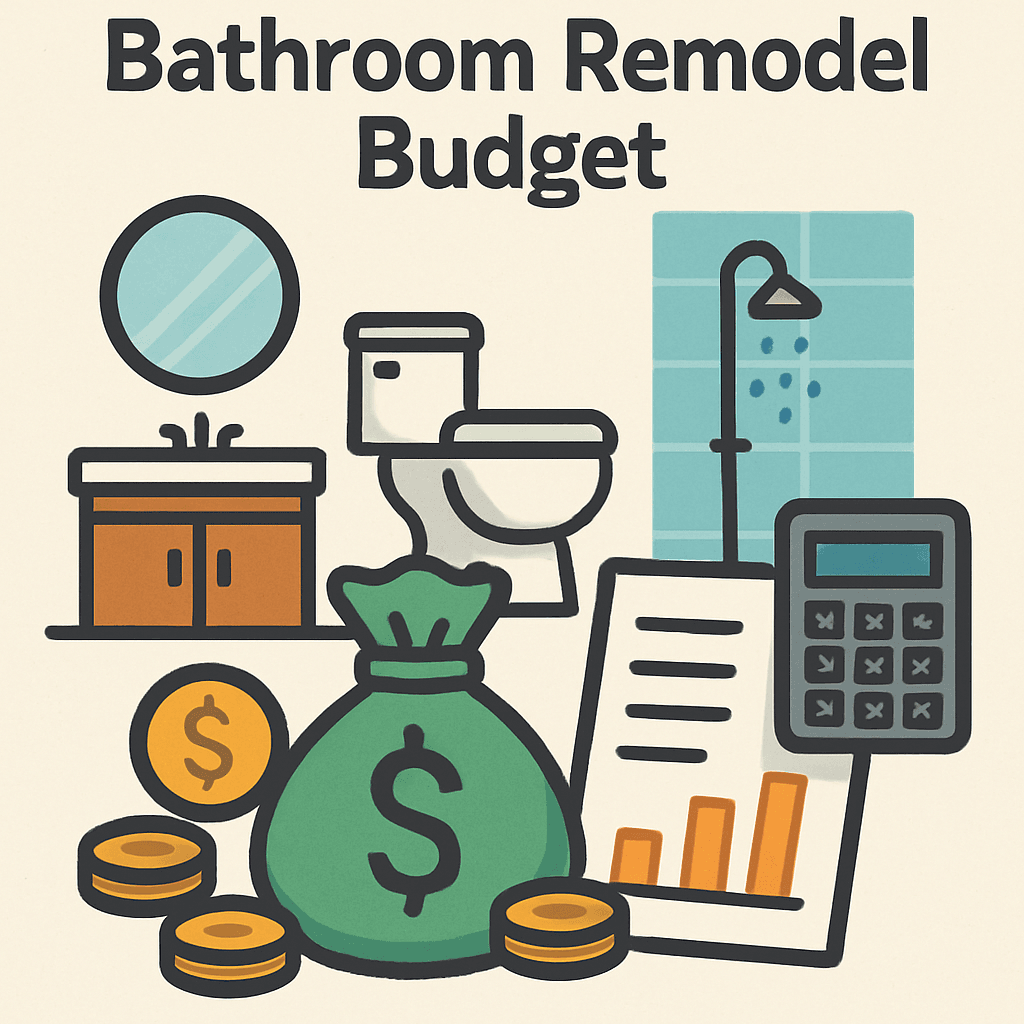Introduction: Why Bathroom Remodeling Matters in 2025
In 2025, bathroom remodeling has become more than just an upgrade it’s a lifestyle investment. Rising home values in both the U.S. and U.K. have pushed homeowners to rethink how they use their spaces, and bathrooms are now considered one of the most important areas for both comfort and resale value. Unlike a decade ago, when simple cosmetic updates were enough, today’s homeowners are leaning toward smarter, more energy-efficient, and spa-inspired bathrooms.
At the same time, costs are rising. Material prices, labor shortages, and global supply chain delays have all pushed average remodeling budgets higher compared to 2020–2022. Still, people are investing heavily because bathrooms are proven to deliver one of the strongest returns on investment in home improvement. A well-designed bathroom can increase property value, save on energy bills, and improve daily quality of life.
Average Bathroom Remodel Cost in 2025
When people ask, “How much does a bathroom remodel cost in 2025?” the reality is that prices have risen due to higher material costs, supply chain delays, and increasing labor rates. In the United States, a basic remodel — covering essential updates like new fixtures, standard tile, and fresh paint — generally falls between $8,000 and $15,000. A mid-range remodel with upgraded vanities, modern lighting, energy-efficient toilets, and stylish flooring can cost $19,000 to $30,000. For a luxury remodel, where homeowners want spa-like bathrooms with heated floors, walk-in showers, freestanding tubs, and smart tech, costs can exceed $50,000 or more.
In the U.K., bathroom remodel costs are slightly different. A small remodel may start from around £7,000, while a fully upgraded, high-end bathroom can reach £25,000–£30,000, especially once VAT and premium labor charges are added. Homeowners should also note that labor typically makes up 40–60% of the total cost, meaning skilled contractors are often the biggest expense. Knowing these averages can help set realistic budgets before beginning a project.
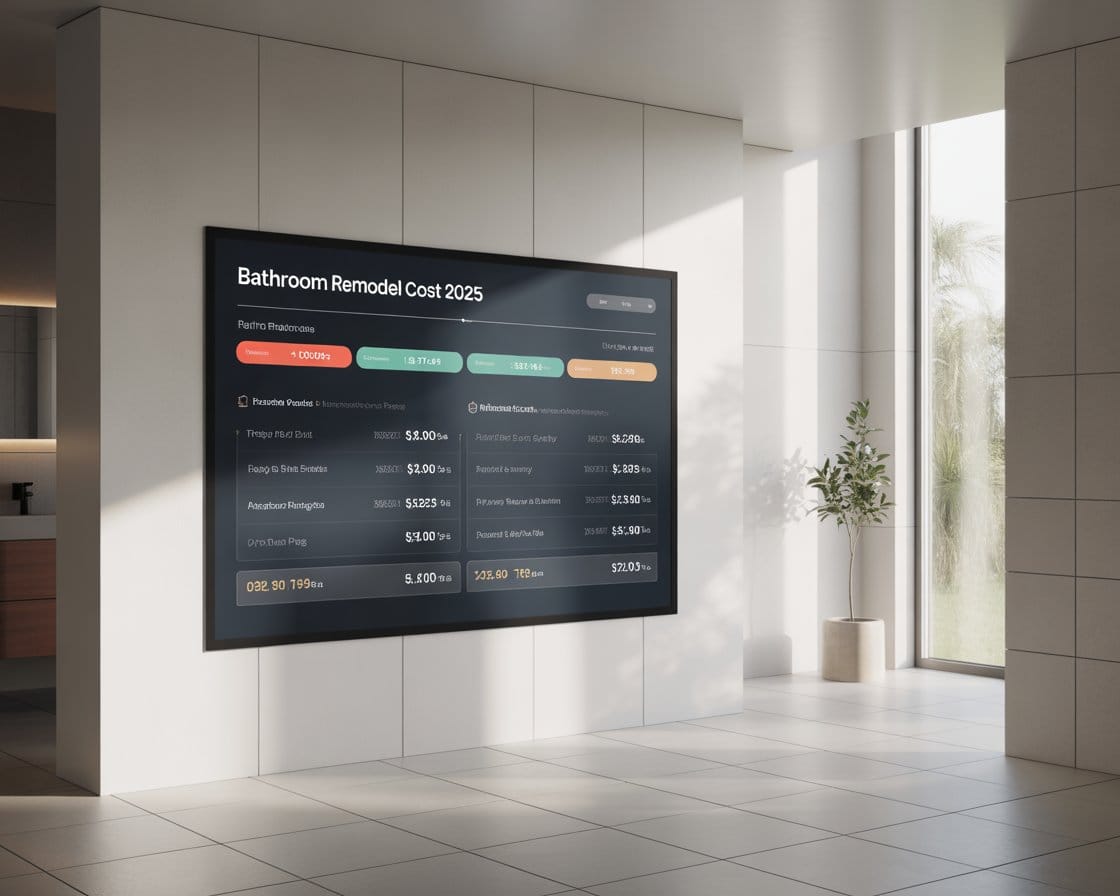
Small Bathroom Remodel Costs
For homeowners with limited space, small bathrooms and powder rooms are among the most common remodeling projects. The good news is that smaller square footage usually means lower material costs, but labor and plumbing can still be significant. On average, a small bathroom remodel in the U.S. ranges from $6,000 to $12,000, depending on materials and design complexity. Powder rooms may require less tile and cabinetry, but essentials like toilets, sinks, and plumbing often carry the same base costs as larger bathrooms.
In the U.K., small bathroom projects typically cost between £5,000 and £10,000, though prices increase if you opt for premium tiles or fixtures. Many homeowners choose to maximize functionality by installing wall-mounted vanities, compact toilets, or corner showers to save space. Smart storage solutions are also a trend, with floating shelves and recessed cabinets being popular. Even with a small space, high-quality finishes can create a modern, stylish look without exceeding budget.
Master & Luxury Bathroom Remodel Costs
Luxury bathrooms have become a statement of comfort and status in 2025. Homeowners looking to upgrade their master bathrooms are spending significantly more to achieve spa-like experiences at home. In the U.S., a high-end master bathroom remodel typically ranges from $30,000 to $60,000, with luxury upgrades sometimes surpassing $80,000. Popular additions include Jacuzzi tubs, walk-in rain showers, heated floors, double vanities, and custom lighting. Smart bathroom technology — like touchless faucets, LED mirrors with defogging features, and app-controlled showers — is increasingly popular in luxury remodels.
In the U.K., premium bathroom remodels often cost £20,000–£40,000, depending on finishes and labor. Imported stone, bespoke cabinetry, and high-end plumbing fixtures contribute to the higher price tag. Many homeowners now view luxury bathrooms as wellness retreats, designed for relaxation after long workdays. Though expensive, these remodels often add significant resale value and are highly appealing to future buyers.
Key Factors That Impact Bathroom Remodel Costs
The question “How much does a bathroom remodel cost?” cannot be answered without understanding the main cost drivers. First, labor accounts for a large portion — typically 40–60% of total costs. Highly skilled professionals such as plumbers and electricians charge premium rates, especially in metropolitan areas.
Second, materials play a huge role. Standard ceramic tiles are budget-friendly, but marble or high-end porcelain can multiply expenses. Similarly, prefabricated vanities cost far less than custom-built cabinetry. Location also matters: urban remodels in cities like New York or London are often 20–30% more expensive than suburban projects due to higher wages and permits.
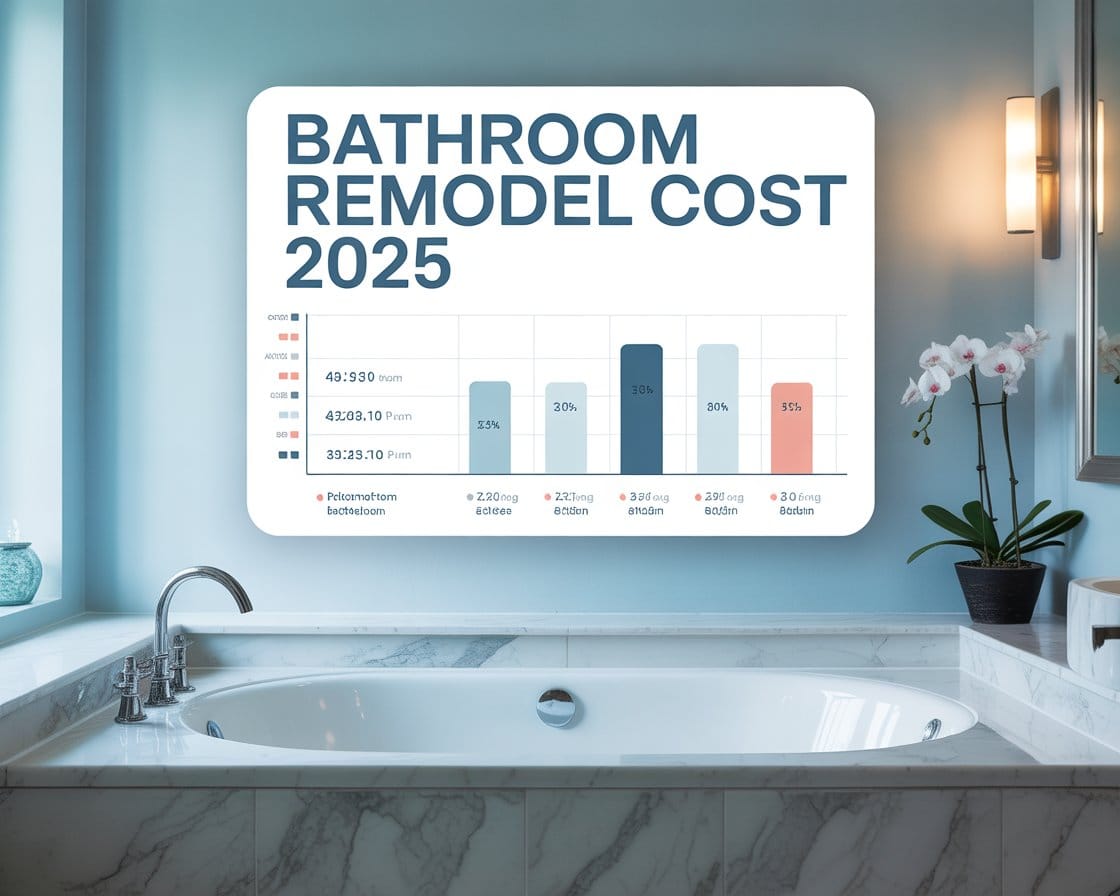
Other factors include design complexity, required plumbing or electrical upgrades, and the quality of fixtures chosen. Even small details, like lighting or ventilation systems, can add thousands to the budget. Understanding these cost drivers helps homeowners plan better and avoid unpleasant surprises during remodeling.
Hidden & Unexpected Costs to Watch Out For
One of the biggest challenges with bathroom remodeling is dealing with unexpected expenses. Even with a well-planned budget, hidden costs can arise once demolition begins. For example, water damage, mold, or structural issues behind walls can quickly add thousands of dollars in repair costs. Similarly, older homes often require plumbing or electrical upgrades to meet current codes, which adds both time and money to the project.
Permits and inspection fees are another overlooked cost. Depending on the city, permits for plumbing or electrical changes may add anywhere from $500 to $2,000 to the overall budget. Disposal fees for old tiles, fixtures, and debris also add up, especially if waste removal services are needed. Finally, delays caused by material shortages or contractor schedules can indirectly raise expenses.
For homeowners, the best way to avoid these surprises is by setting aside an additional 10–20% contingency fund beyond the initial budget.
DIY vs Hiring a Professional: Cost & Risks
Many homeowners consider DIY remodeling to save money, but it’s important to weigh the risks. A small DIY project, like painting walls or installing new hardware, can cut costs and give a sense of accomplishment. However, larger tasks such as plumbing, electrical work, or waterproofing carry significant risks if done incorrectly. Mistakes can lead to water leaks, electrical hazards, or even code violations, which may cost more to fix later than hiring a professional in the first place.
Hiring professionals ensures quality, safety, and compliance with local building codes. It also usually includes warranties on labor and materials, providing long-term peace of mind. While DIY might save 20–30% upfront, homeowners should consider whether the potential risks outweigh the savings. For most large remodels, hiring a licensed contractor is the smarter long-term investment.
Read Also: How to Wardrobe Planner with IKEA PAX
Return on Investment (ROI) & Cost-Saving Tips in 2025
Bathroom remodeling continues to offer one of the strongest returns on investment in 2025. According to market data, homeowners can expect to recoup 60–70% of remodel costs when selling their property. Luxury upgrades may not always return dollar-for-dollar, but they significantly boost buyer appeal. Mid-range remodels often provide the best balance between cost and resale value.
For those remodeling on a budget, cost-saving strategies include choosing prefabricated vanities, using ceramic tile instead of natural stone, and selecting energy-efficient fixtures that lower utility bills over time. Buying materials in bulk or shopping during seasonal sales can also reduce expenses. Another tip is to keep the existing bathroom layout intact — moving plumbing lines or electrical wiring can add thousands of dollars unnecessarily.
By planning carefully and prioritizing smart upgrades, homeowners can achieve a stylish, functional bathroom without overspending while still boosting their home’s long-term value.
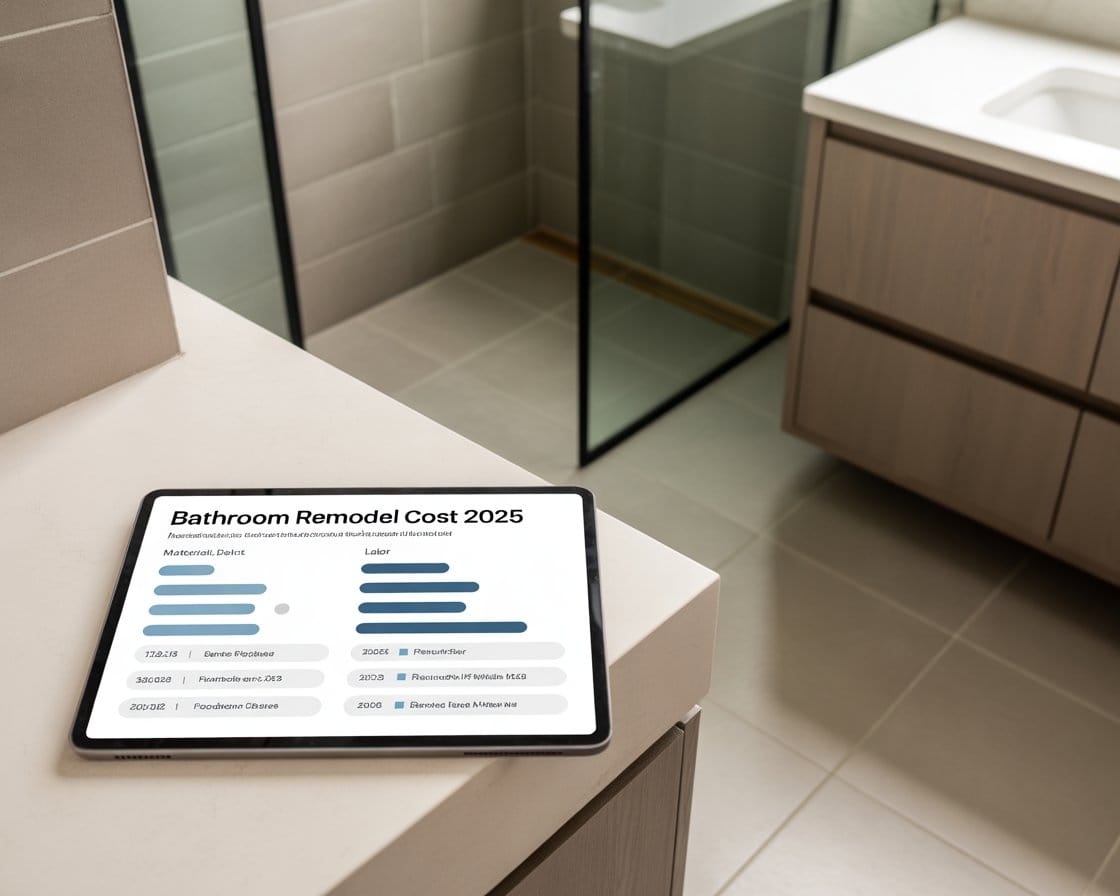
FAQs: How Much Does a Bathroom Remodel Cost in 2025?
- What is the average bathroom remodel cost in 2025?
The average cost in the U.S. ranges from $8,000–$30,000, depending on scope and finishes. In the U.K., costs generally fall between £7,000–£25,000. Luxury remodels with premium features can go much higher. - Is it cheaper to remodel a small bathroom?
Yes, small bathrooms typically cost less because they use fewer materials. However, plumbing, permits, and labor fees remain similar, so savings aren’t always as dramatic as expected. - What hidden costs should I prepare for?
Water damage, plumbing upgrades, structural repairs, and permit fees are common surprises. Experts recommend adding 10–20% to your budget for unexpected expenses. - Should I remodel my bathroom myself or hire a pro?
DIY is fine for small upgrades like painting or changing hardware. For plumbing, electrical, or waterproofing, hiring professionals is safer and ensures compliance with codes. - Does a bathroom remodel increase home value?
Yes, bathrooms are one of the best ROI projects. Homeowners often recover 60–70% of costs during resale, with updated bathrooms making properties more attractive to buyers.

